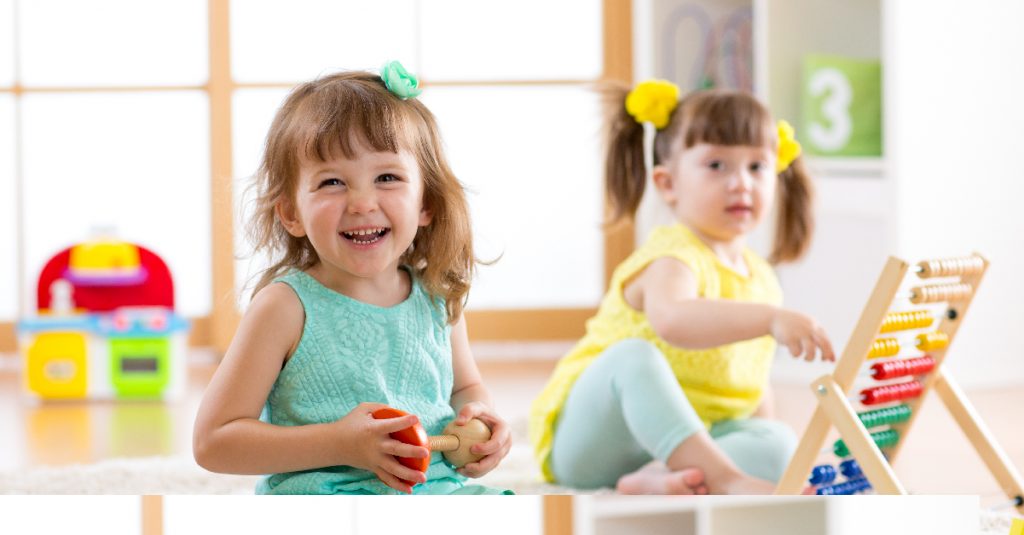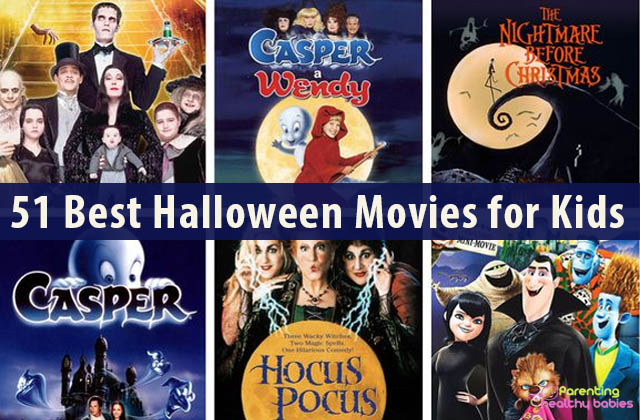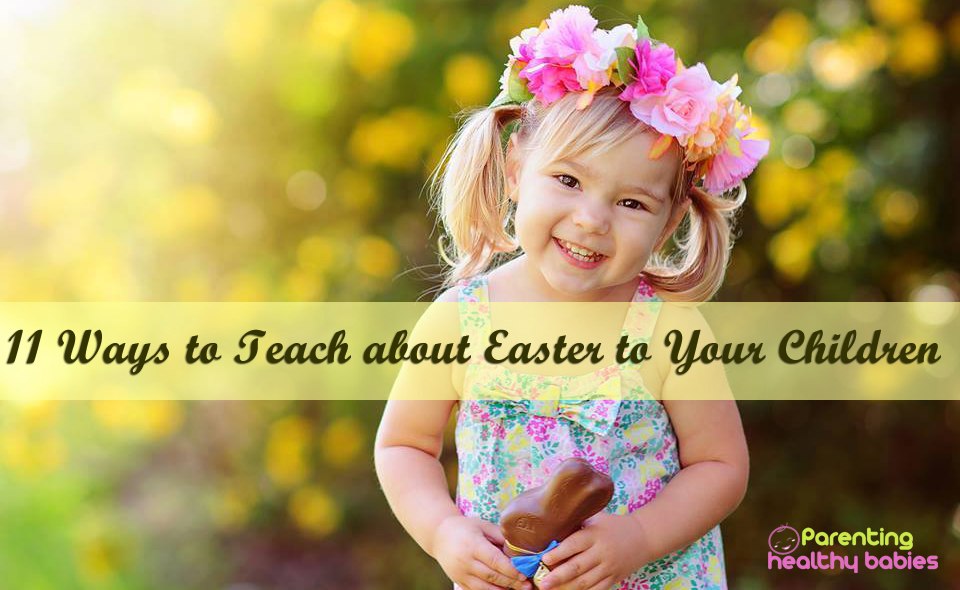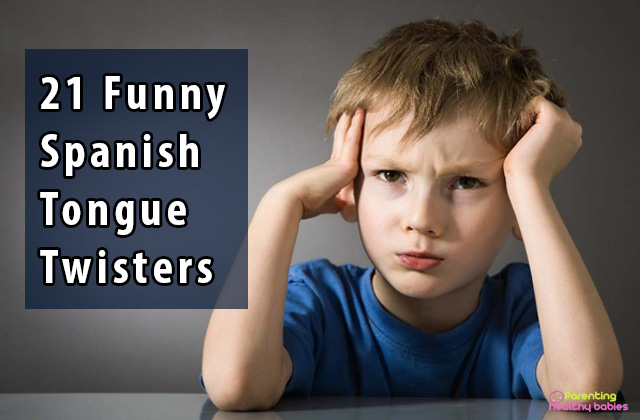If you get a child a toy, even if it’s not exciting, you’ll probably make their day. Young ones often aren’t picky about kids toys, but parents should be.
Toys are more than simply playthings; although they should be entertaining, they should also be age-appropriate, engaging, and safe. They should be seen as developmental learning aids because of play’s key role in children’s social, cognitive, physical, and emotional growth.
Surely, toys for infants and young children should be selected with care, taking into account the following guidelines:
Why do Age-Appropriate Toys Matter?
The children’s development and age should be considered while selecting a toy for them. Buying toys that cater to a single-gender is unnecessary so long as they are fun and engaging. Try to imagine what it would be like for the kid and think about whether or not they would like it.
Keep in mind that giving a child a toy will encourage them to interact with others and share with their peers. Dollhouses, wooden puzzles, play chefs, and dress-up costumes are examples of toys that have long been considered essentials for infants and toddlers.
Children may gain from playing with educational toys as early as the first month of life. Great educational toy options are provided below, organized by age range, with a short explanation of why each is beneficial.
One – Twelve Months Old
Infants and young children benefit much from sensory play because it engages all of their senses. Once a kid reaches a certain developmental milestone, such as mastering hand-eye coordination. When your youngster moves around more, it’s time to introduce some puzzle games.
Children playing with these puzzle toys may learn to resolve disagreements and understand that actions have consequences. After some trial and error and some direction, kids can figure out how a toy works, boosting their self-esteem.
One – Two Years Old
When your children reach one year or older, they will quickly become wanderers. Introducing the correct toys to them can assist in developing balance and coordination and stimulate your child’s fascination with their new-found mobility. As your kid learns to walk, you can also add learning numbers by counting their steps which will help them get more acquainted with the terminologies.
Themed playsets are fantastic educational toys to introduce between the ages of 12-18 months since they will assist build your child’s recognition abilities. If your child has an animal-themed playset, they may practice making the sounds of the various animals. Reinforcing the names of colors and shapes will also help language development.
Two Years Old+
Toys that encourage greater physical play may be introduced as children mature and become more active. Ensure kids understand the need for safety measures like wearing a helmet while using a tricycle by including these measures in teaching them how to use the item.
Kids may foster small motor skill development and hand-eye coordination through various toys designed to encourage them to practice writing and drawing.
If you read a book to your kid that features a dog, they will see pictures of dogs and eventually correlate those pictures with the sound a dog makes. Reading books with color images with a few words on each page with your kid will begin to acquaint them with how words they hear appear on the pages.
Conclusion
Toys that foster the development of motor and sensory abilities are wonderful gifts for kids of all ages. It maintains their attentiveness and love of learning. Choosing the proper toy or game may foster independence, creativity, and curiosity while allowing children to explore problem-solving, emotions, and socialization.
Source:
https://www.educationalplaycare.com/blog/why-educational-toys-are-important-to-a-childs-development/
https://www.gifts.com/blog/age-appropriate-toys
https://www.webmd.com/parenting/features/choosing-right-toys-for-right-age#:~













